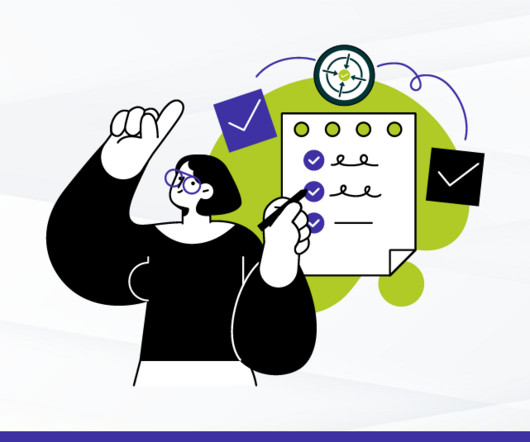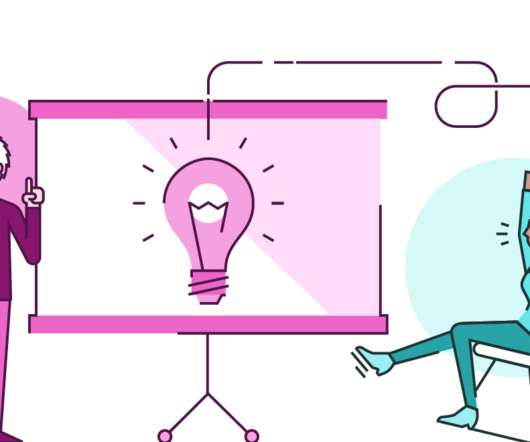Informal first
E-Learning Provocateur
MAY 20, 2012
It is well documented that the vast majority of learning in the workplace is informal. This 70:20:10 breakdown has since been supported by subsequent research , though sometimes the ratio is represented as 80:20 to reflect informal learning and formal training respectively. • 20% on informal learning.












































Let's personalize your content